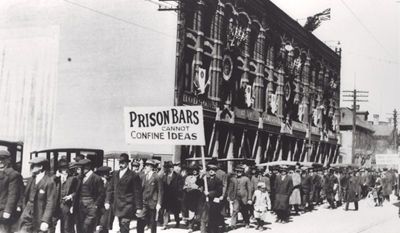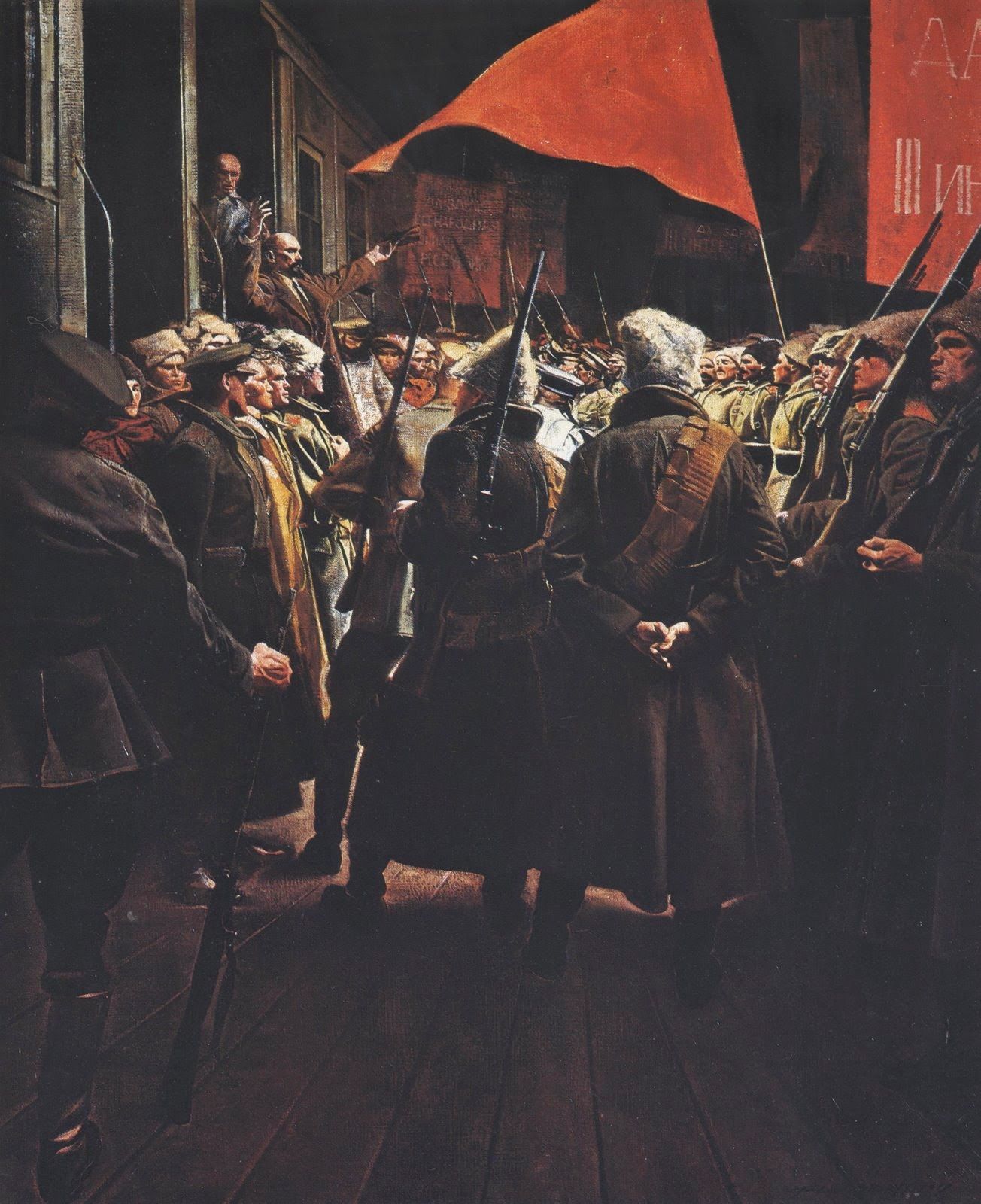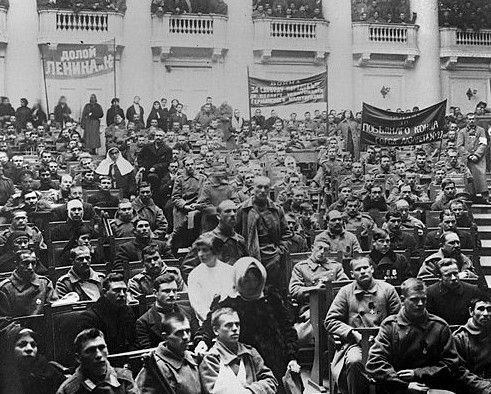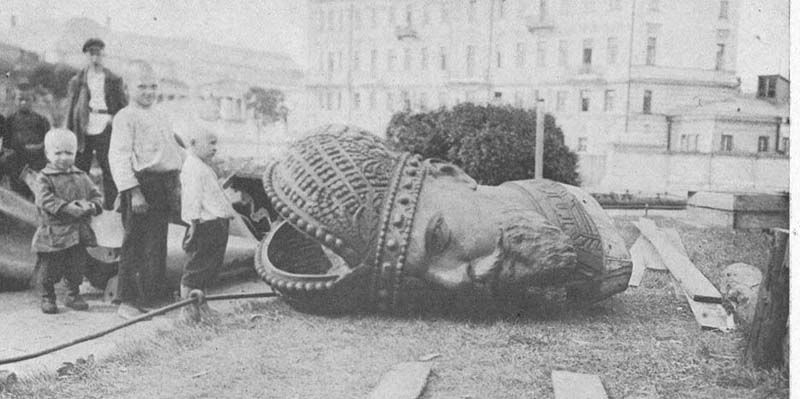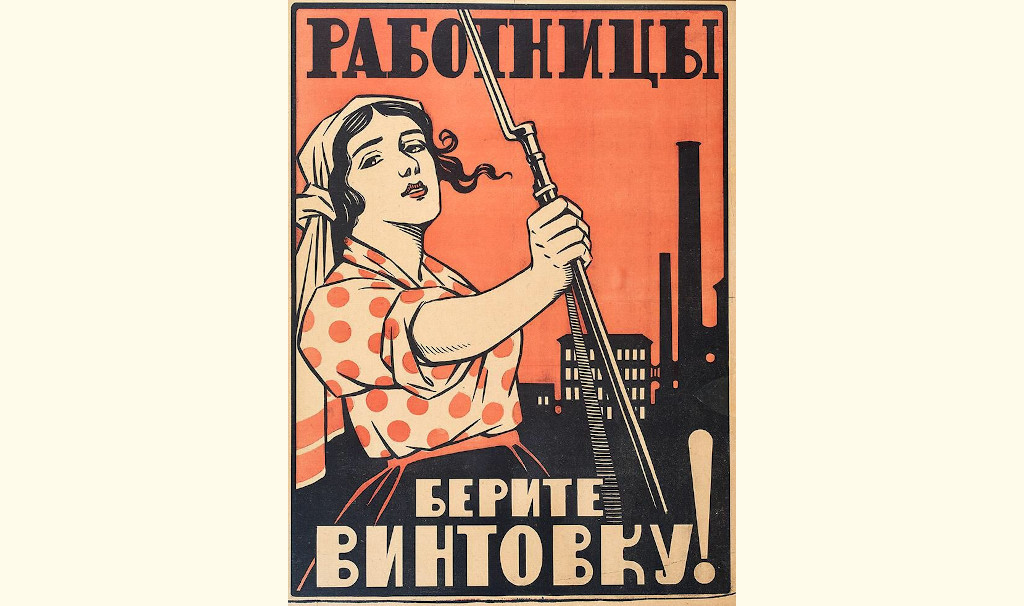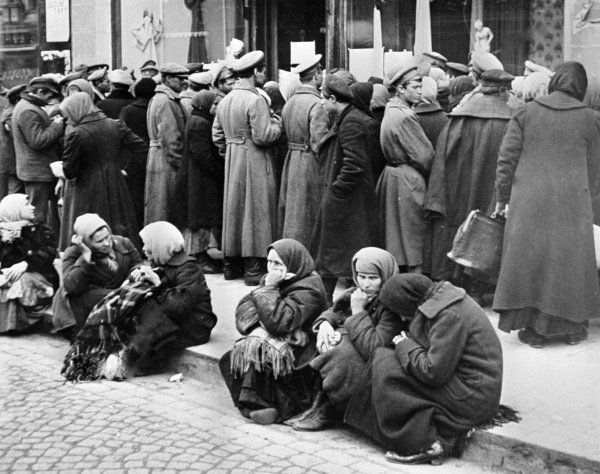150 Years of Canadian State: Workers Built Canada
To mark 150 years of the Canadian state, we are publishing some of the articles from our magazine that covered different parts of Canada’s history. Working people built Canada – physically and politically. For most of Canada’s history, life for workers was hard and wages were low. The government regularly crushed strikes and killed workers. […]
Continue Reading
